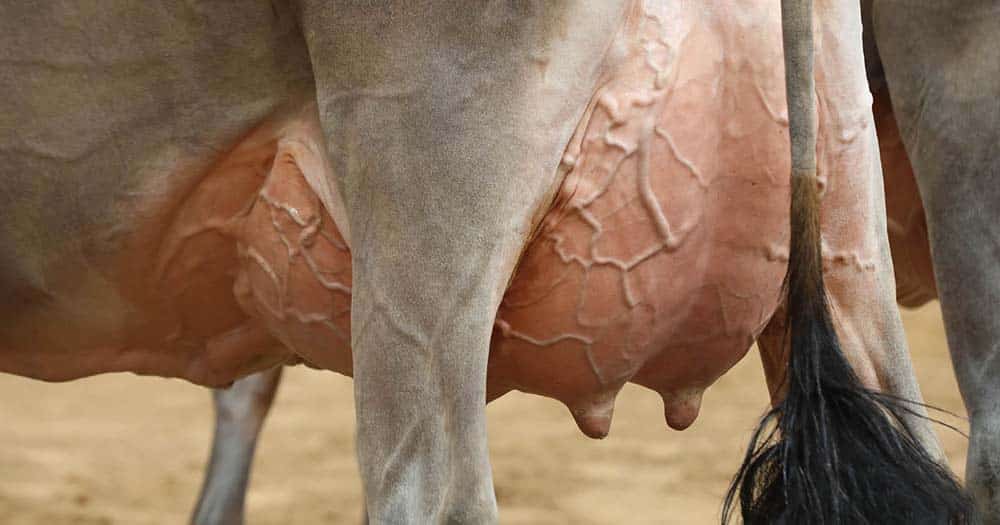Optimising Dairy Herd Performance for Early Lactation
Best practices for the first 30 days of milk.
As we have learnt the peak of a cow’s lactation is set up in good dry cow management as well as a good transition period. In previous articles, it has been outlined that these key points in a cow’s lactation cycle have a dramatic effect on your cows’ performance and longevity in your herd.

Once the cow has calved, the race to increase dry matter intake starts again. During the first 30 days post-calving, her appetite is subdued, operating at only half to two-thirds of peak dry matter intake, while the demands on the body are near their highest point. At this stage, a cow’s diet must be well-balanced, including good sources of energy to fuel the onset of milk production and limit body condition loss.
High-quality protein for cows is also essential for milk production and maintaining appetite—a digestible source of energy. It’s a crucial part of the cow’s diet to ensure she can perform her best without depleting her reserves too quickly.
Monitoring the cow’s body condition score (BCS) during this early lactation phase is important. A decrease of more than 0.75 BCS is often associated with decreased fertility and can indicate that the cow is using too much of her stored energy reserves.
Strategic Feeding Plan
In this pivotal early stage, the cow’s nutrition sets the stage for the rest of the lactation period. A well-balanced diet of grain concentrates, fibre, and pasture/fodder is the strategic feeding plan that helps a dairy cow reach her full milk production potential, ensuring she is on track for a strong and productive season.
Grain concentrates can be gradually introduced to the cow’s diet to assist not only in the energy required to recover from calving but also in aiding milk supply, muscle recovery, and various other supportive functions. The introduction, however, must be gradual to prevent acidosis. The addition of fibre acts as a support system, assisting in keeping the digestive tract healthy and providing a natural buffer for the rumen.
Maximising Potential
Peak milk production sets peak intake. That is, the higher a cow’s peak in milk production, the more food she will eat when her intake peaks about 6 weeks later. Therefore, the more feed a cow can eat at peak intake (roughly 12 weeks into lactation), the easier it will be to maintain a steady decline (7-10% per month after peak) in milk production. Remember that feed conversion efficiency is driven by maximising intake throughout lactation.
Peak milk sets the cow up for lactation and gives you options. For every litre of milk at peak production, the cow should produce at least 220 L (up to 240 L seems possible on a pasture-based system) for the entire lactation. For example, a 36 L peak should translate to an 8000 L lactation. If a cow peaks well, there is potential for a big lactation as long as she is fed to maintain an acceptable decline and to regain body condition at the end of lactation.
If she is underfed after peak, she won’t produce the potential milk, but she at least had the option. If she didn’t peak well in the first place, there is a limited chance of increasing her profitability later on if something else improves. Her diet must be higher in DCAD and calcium, essential for bone strength and milk production.
For more information about maximising your herd’s potential, contact any of our nutritionists here at Reid Stockfeeds, and we will be more than happy to come on-farm and assist with your herd’s needs.
To find out more about the best animal feed or health management strategy for your herd, give us a call and have a chat to one of our nutritionist on 1300 REID FEED or enquire here >
Author
Christopher Moutray
Sales and Nutrition Account Manager